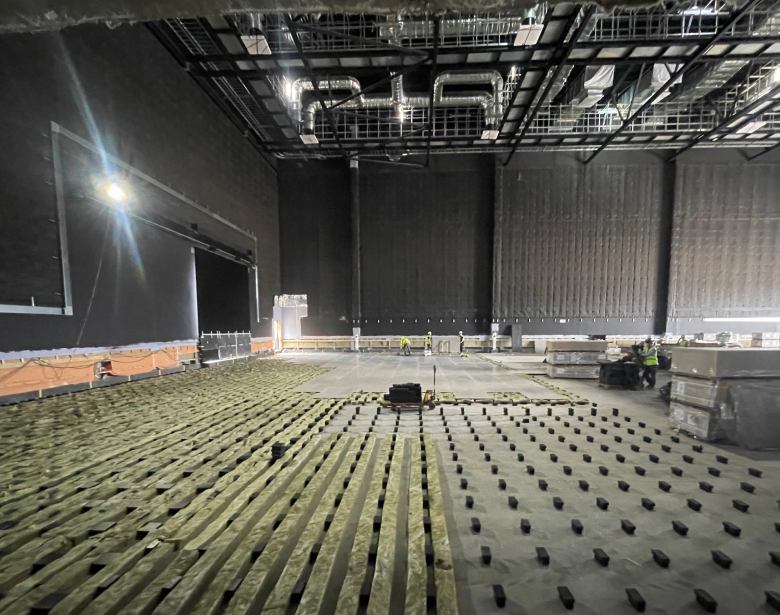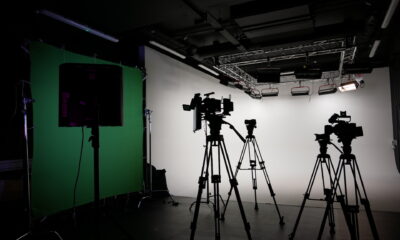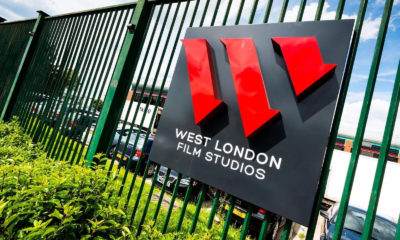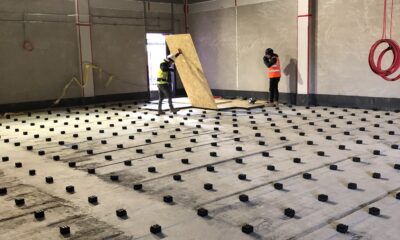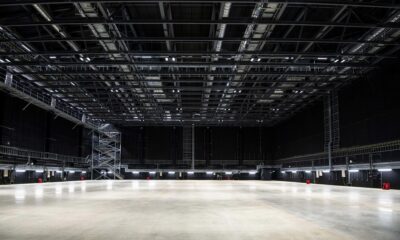Farrat have supplied and fitted sound isolation solutions to several studio projects including bearings, acoustic washers and flooring products used to ensure sound was isolated to the extent that it would not be heard or felt in adjacent studios in the building. “Box-In-Box” studios are typical in this sector enabling maximum use and productivity for busy and multi-purpose buildings.
Our successful CineFLOOR, CineWALL, CineSTEEL and CineTIMBER range have been adapted for the film, TV and recording studio sector. The challenging acoustic isolation criteria for the cinema industry are transferable.
Our customers include Cineworld, VOX, VUE, REEL, Odeon and Empire. Please scroll down to review our extensive library of case studies including multiplex cinemas to boutique auditoria and even private viewing rooms.
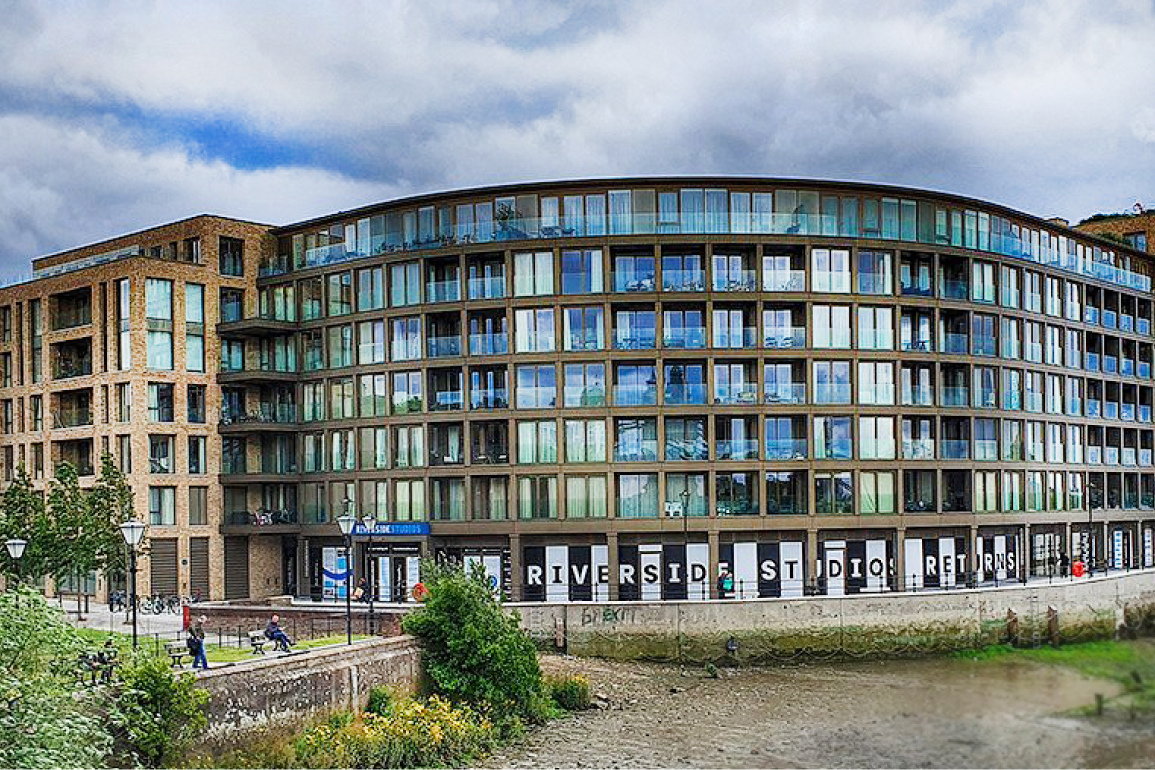
Key acoustic isolation considerations when developing a Film, TV & Recording Studios
When constructing film, TV, or recording studios, acoustic isolation is critical to ensure high-quality sound recording and production. Here are some important acoustic isolation considerations for studio construction:
Sound transmission class (STC): The walls, ceilings, and floors of the studio should have a high STC rating, which measures the ability of the building’s envelope to reduce sound transmission. A higher STC rating means less sound transmission and better acoustic isolation.
Airborne sound: Studio construction should include measures to minimise the transfer of airborne sound, such as installing sound-absorbing materials, sealing all openings, and using double or triple glazing windows.
Impact sound: Impact sound can be a significant problem in studios, especially in multi-level buildings. Measures to reduce impact sound include using a floating floor system and isolating the walls with resilient channels.
HVAC noise: Studio air conditioning and ventilation systems can generate noise that can affect the sound quality. Careful attention should be paid to the HVAC system design and installation to minimise noise levels.
Vibration isolation: Studio construction should include measures to isolate vibration from external sources such as trains, construction sites, or heavy traffic.
Room acoustics: The interior design of the studio, including its shape, materials, and layout, should be carefully considered to optimise the room acoustics for the recording and production equipment.
Soundproofing doors: Doors are often overlooked as a significant source of sound transmission. Soundproofing doors should be installed with airtight seals and sound-dampening materials.
Electrical grounding and interference: Electrical interference from nearby electrical systems can affect the sound quality. Proper grounding of electrical systems and equipment can help to reduce interference.
Internal acoustics: The internal acoustics of the studio, including the position of the microphones and speakers, should be optimized to reduce unwanted echoes and reflections.
